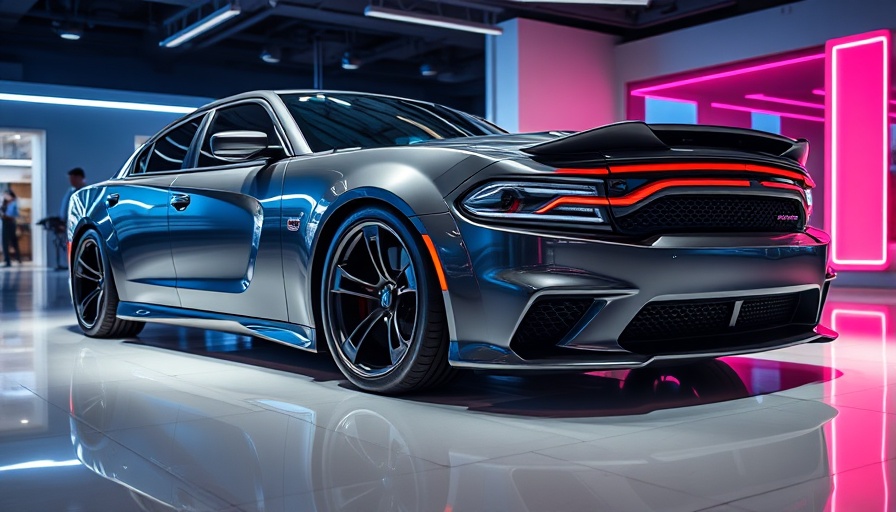
A Glimpse Back at the Turbo Dodge Charger Concept
The Turbo Dodge Charger concept car from the early ’80s remains an intriguing snapshot of what could have been for American muscle cars. Instead of the iconic street racing image we often associate with the Charger, this unique prototype was designed to tackle the challenges of professional racing. But why was this concept never fully realized?
Performance Meets Innovation
This Charger wasn’t just about aesthetics; it represented a new era of performance with its turbocharged engine. While many of us dream of the classic muscle car's roaring engines and smokey burnouts, the Turbo Dodge Charger aimed for a different crown: leading Indy cars around high-speed oval tracks. The blend of speed and agility in this prototype was ahead of its time.
Lessons for Today’s Automotive Scene
Understanding the ambition behind such concepts can inspire today’s automotive industry. Modern manufacturers can draw from the Turbo Dodge Charger’s innovative spirit to create not only powerful cars but ones that embrace new technologies. As auto dealers consider the growing market for hybrid and electric vehicles, the lessons from the past remind us that innovation will always resonate with consumers.
Why Historical Concepts Matter
Engaging with automobiles like the Turbo Dodge Charger gives potential buyers and enthusiasts a richer understanding of automotive history. Such knowledge can influence decisions when purchasing new or used cars today, allowing consumers to appreciate the evolution of vehicle design and performance. From muscle to innovation, the lessons learned from concept cars can guide modern buyers.
Get Inspired
As we reminisce about what could have been, it's essential to look forward. Auto dealers, manufacturers, and insurance companies alike should leverage the innovative legacies of vehicles like the Turbo Charger to inspire their offerings today. Explore the vast options available in both new car reviews and used car reviews to ensure you're not just following trends, but leading them.
 Add Row
Add Row  Add
Add 




Write A Comment